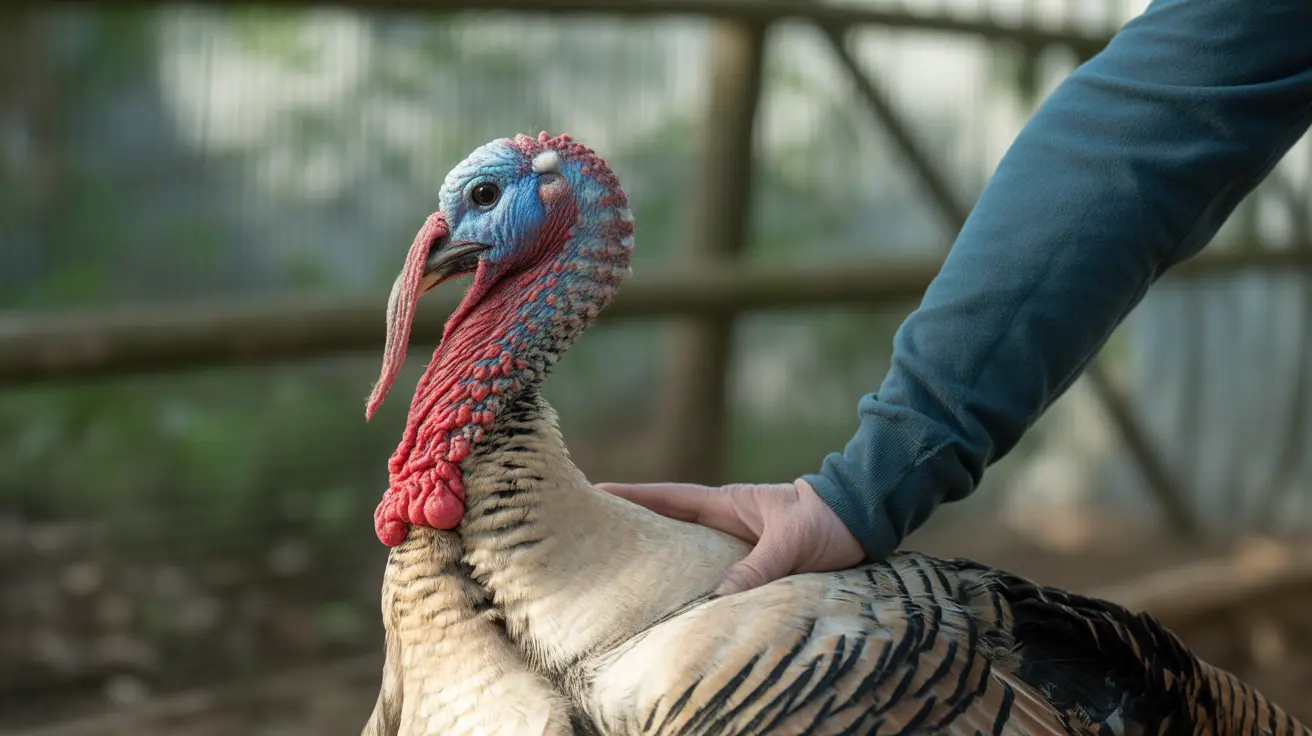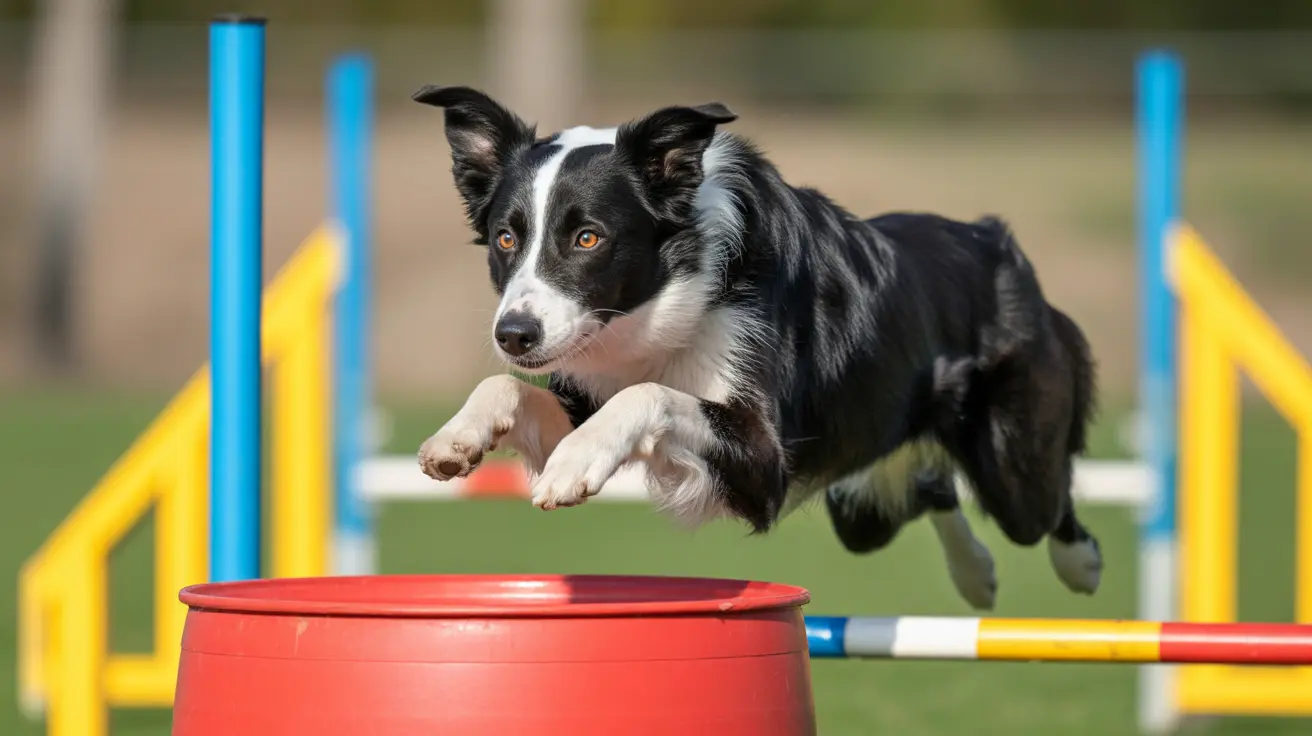The Calm Disposition of the Skye Terrier
The Skye Terrier, a breed originating from the Isle of Skye in Scotland, is widely regarded as one of the calmest terrier breeds. Its gentle temperament, loyal nature, and moderate activity requirements distinguish it from more high-energy terriers.
Origin and History
Originally bred to hunt foxes and badgers, the Skye Terrier developed its intelligent, courageous, and independent character by overcoming the rugged Scottish terrain. Despite these spirited traits, the breed evolved into a trusted companion, appreciated for its loyalty and composure.
Appearance and Size
Skye Terriers are known for their elongated, low-slung bodies and luxurious double coats that come in various colors including black, blue, platinum, fawn, and cream. Males typically weigh 35–45 pounds and stand 9-10 inches tall, with females being slightly smaller. Their well-balanced structure plays a role in their calm demeanor, as they aren't physically built for excessive speed or intensity.
Temperament and Personality
The breed is deeply affectionate and loyal to its family, but often reserved with strangers. Although they possess a typical terrier independence and a somewhat stubborn streak, they are not hyperactive. When socialized and trained with patience and consistency, Skye Terriers are well-mannered and composed.
- Loyal and devoted to their owners
- Protective of their family, though not aggressive
- Aloof with strangers, adding to their calm nature
- Respond best to kind, positive reinforcement
Exercise Requirements
Despite their hunting lineage, this breed requires only moderate exercise. Their short stature and long backs mean they are not suited for intense or prolonged activity. Skye Terriers are content with:
- Short daily walks
- Interactive play at home
- Light training sessions like obedience or agility
Over-exertion, especially in puppies, should be avoided to prevent intervertebral disc injuries.
Grooming and Maintenance
The Skye Terrier's beautiful coat demands regular grooming. Weekly brushing helps prevent matting and tangling, and gentle bathing maintains its texture. Keeping their ears clean and nails trimmed is essential, as their dense coat can hide health issues.
Health Overview
This breed is generally robust, with a lifespan of 12–15 years. However, their genetics and unique body shape make them susceptible to specific health problems:
- Intervertebral Disc Disease – common due to long spine
- Hip and elbow dysplasia
- Eye issues – including cataracts and PRA
- Cancer – particularly mammary cancer in females
- Allergies and autoimmune conditions
Regular vet checkups and responsible breeding practices help reduce these risks.
Feeding and Diet
A well-balanced commercial or vet-approved homemade diet supports their overall health. Puppies often require several small meals to avoid hypoglycemia, while adults benefit from portion control to prevent obesity.
Ideal Living Environment
- Adaptable to apartments or houses with yards
- Thrive on companionship and do not like isolation
- Prefer calm households with older children
- Should be supervised around other pets due to prey drive
Training and Behavior
Skye Terriers are bright and alert but can be stubborn. Early socialization and consistent, positive training improve their adaptability. While they may bark to alert, they're not incessant barkers. Digging is a natural tendency, stemming from their burrowing background.
Puppy Care Considerations
Due to fragility of their growing spinal structures, young puppies must not jump or climb stairs excessively. Structured, supervised playtime fosters healthy development.
Legacy and Rarity
Once favored by British nobility, the breed's popularity dwindled with the rise of other small breeds. Today, Skye Terriers are one of the most endangered UK native terriers. Their rarity adds to their charm for dedicated owners seeking a calm yet characterful companion.
Famous Example
The most renowned Skye Terrier, Greyfriars Bobby, is remembered for his undying loyalty. His story has been immortalized in literature and film and serves as a powerful symbol of the breed’s devotion and serenity.
Conclusion
For those seeking a calmer terrier, the Skye Terrier emerges as a prime candidate. They combine reserved strength with unwavering companionship. With proper care, early training, and consistent affection, this rare breed offers a tranquil and loyal addition to any compatible household.





